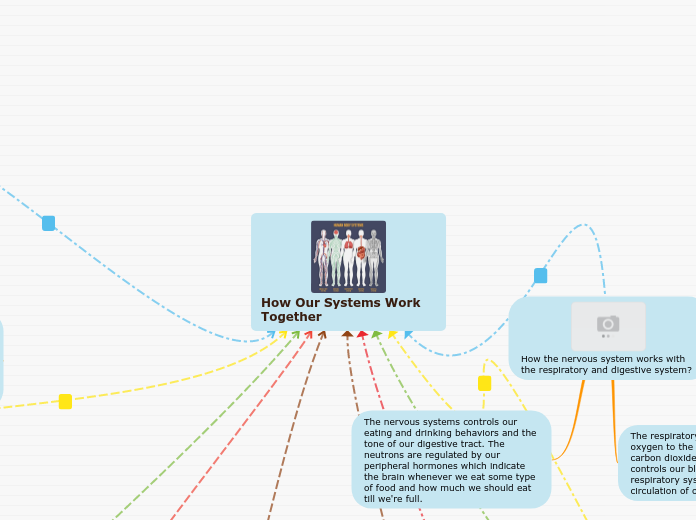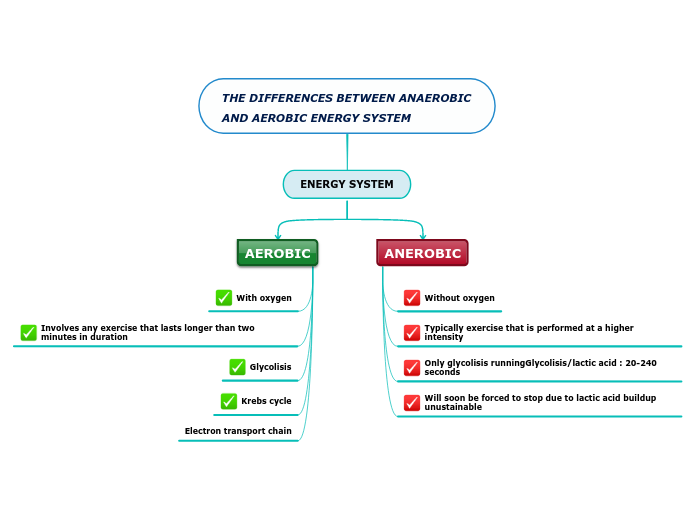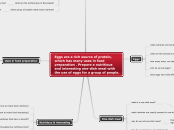por Khaliq Eshal hace 4 años
518
How Our Systems Work Together
The circulatory, respiratory, and digestive systems play vital roles in maintaining the body’s health and functionality. The respiratory system facilitates the exchange of oxygen and carbon dioxide, essential for cellular activity and waste removal.









